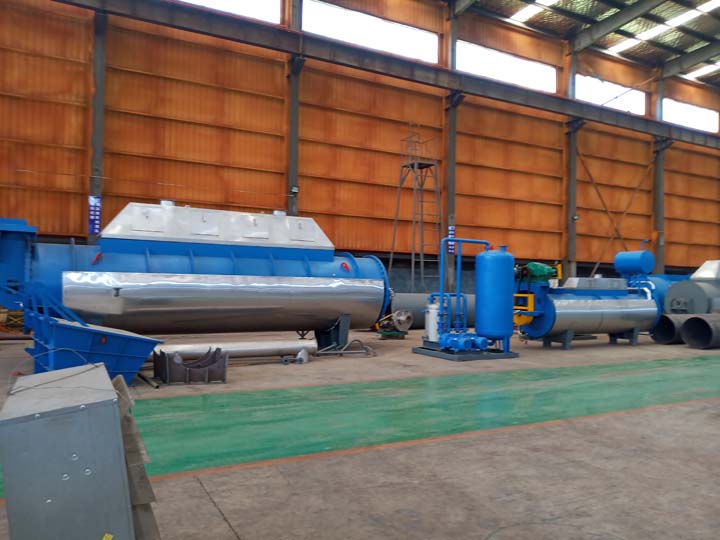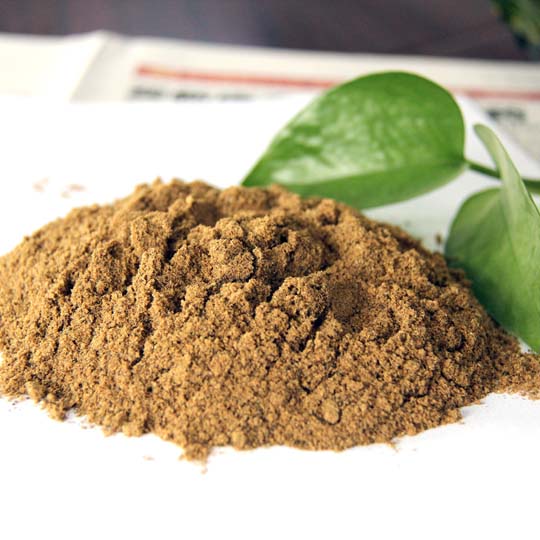Dünya piyasasında balık unu fiyatları yüksek seyretmekte olup, bu da birçok yatırımcının balık unu işleme ve ihracatına ilgi göstermesine neden olmuştur. balık unu yapım makineleri fabrikamız tarafından üretilmiş ve birçok ülkeye ihraç edilmiştir, birçok kullanıcı için büyük servetler yaratmıştır, örneğin Malezya, Nijerya, Şili, Amerika Birleşik Devletleri, Sri Lanka, Brezilya vb.
Shuliy balık unu makinelerinin temel özellikleri
Shuliy fabrikası, farklı çıktı seviyelerine sahip çeşitli entegre balık unu işleme makineleri ve balık unu üretim hatları tasarlamış ve üretmiştir; çıktı 500kg/saat'ten 50 ton/güne kadar değişmektedir. Üretim ve ihracat konusunda zengin deneyime sahip olduğumuz için, balık unu ekipmanları hakkında danışan her müşteriye temel hizmet sunabilir ve en uygun balık unu işleme programını sağlayabiliriz.

Müşterinin bütçesine uygun ve ihtiyaçlarına göre özelleştirilmiş balık unu işleme hattı tasarlamanın yanı sıra, fabrikamız müşterilerin sağladığı verilerle balık unu fabrikası çizimlerini ve ilgili üretim planlarını tasarlamaya da yardımcı olabilir ve hatta maliyet analizi ve kar analizi yapabilir.
Yüksek yağlı balık unu işleme teknolojisi
Balık unu işlenmek için kullanılan birçok ham madde vardır, örneğin bütün balık, ölü balık, canlı balık, karides ve yengeç, balık iç organları, balık başı ve kuyruğu vb. Bütün balık kullanılarak balık unu işlenirken, kullanıcılar genellikle balığın yağ içeriğine göre yüksek yağlı balık ve düşük yağlı balık gibi farklı balık unu işleme çözümleri benimserler. Burada yüksek yağlı balıkların balık unu işleme yöntemini sizinle paylaşacağız.
Yüksek yağlı balık unu işleme teknolojisi, daha yüksek yağ içeriğine sahip balıkların yağını çıkarmak ve ardından kurutmak ve un haline getirmek sürecidir. İlk olarak, balık buharlı veya kuru sıcak hava üfleyici ile ısıtılır, böylece balık vücut dokusunun proteini termal olarak denatüre olur ve katılaşır, vücut yağı ise ayrılır ve çözülür. Daha sonra katı maddeler vida presiyle sıkılır ve ardından kurutularak balık unu elde edilir.

Kurutma yöntemleri kuru sıcak hava ve buhar yöntemlerine ayrılır. Kuru sıcak havanın sıcaklığı, farklı ısı kaynaklarına bağlı olarak 100 ile 400°C arasında değişebilir; buhar yöntemi dolaylı ısıtma olup, kurutma hızı yavaştır, ancak balık ununun kalitesi iyidir. Yağdan arındırılmış, ıslatılmış, kurutulmuş ve ezilmiş bütün balığın ham protein içeriği P ile ` arasında değişir.
Sıkılan meyve suyu asitlendirilir, sprey kurutulur veya ısıtılır ve balık ezmesine yoğunlaştırılır. Balık ezmesi, balık iç organlarından da üretilebilir. Ham maddeler enzimlerle hidrolize edilir, santrifüjlenir, yağdan arındırılır ve hidrolizat yoğunlaştırılarak balık ezmesi yapılır. Hazırlanan balık ezmesi doğrudan varillere satılabilir veya nişasta veya kepek ile taşıyıcı olarak satılır ve ardından kurutulur ve öğütülür. Bu sonuncusu balık suyu yemi veya karışık balık nişastası olarak adlandırılır ve besin değeri taşıyıcıya göre değişir.
